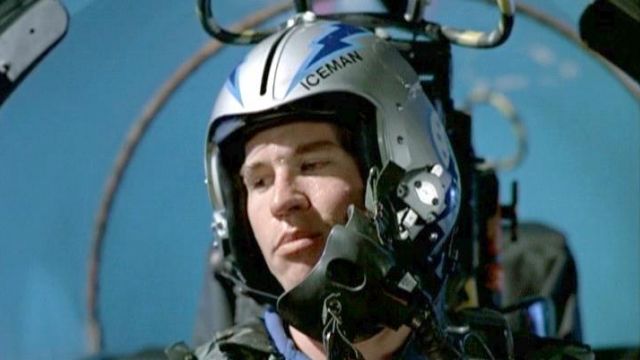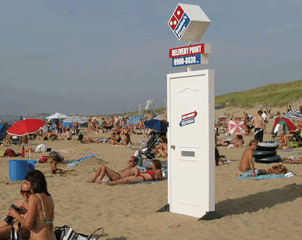
With a new Top Gun movie coming out soon, I thought this might be an appropriate share.
It used to be in the early days of military aviation that a pilot’s head only served as some level of protection during a crash or a battle. Then with the introduction of radio communications an additional function was added to allow the pilot to communicate with the ground and then eventually with other pilots. The arrival of jet airplanes necessitated the integration of breathing capabilities via a facemask attached to the helmet.
Things remained relatively unchanged for many years until miniaturization and advancing computer science and display technologies made it possible to introduce heads up displays for pilots, first into the cockpit and then into the visor of the pilot, allowing pilots to see key flight data in their field of vision without having to find the relevant instrument on their instrumentation panel.
But pilots still had to look out all of their different windows and event turn the airplane in order to see what was going on around the aircraft.
The latest helmet for pilots of the F35 changes all of that now however. Designers have challenged this orthodoxy that a pilot has to look out the window or turn the airplane to see what is going on outside the airplane AND the orthodoxy that a pilot must put on night vision goggles to see what is going on at night by creating a helmet that uses sensors on the outside of the airplane and feed the visual data to the pilot in their new $400,000 helmet for the F35 that allows them to see in every direction just by looking around, day or night. The pilot can now effectively see right through the walls and floor of the airplane with this helmet.
This helmet challenges orthodoxies, but it also leverages two other lenses from Rowan Gibson’s Four Lenses of Innovation to achieve the solution – harnessing trends (sensors, etc.), and understanding needs.
Despite Lockheed Martin holding the primary contract for the F35 Lightning, the helmet will be manufactured primarily in Israel by Elbit Systems with some final assembly work done by Rockwell Collins in the United States.

![]() Sign up here to get Human-Centered Change & Innovation Weekly delivered to your inbox every week.
Sign up here to get Human-Centered Change & Innovation Weekly delivered to your inbox every week.

 Innovation can come from a number of different potential sources of inspiration and insight. The most typical source of course is understanding customer needs. This is the source for the whole design thinking movement, but there are still a number of other potential sources of inspiration and insight for potential innovations. But, in this case we will be examining a potential innovation building not only on an unmet customer need, but one that iterates on previous attempts by a company to address the same unmet customer need – the desire to have a pizza delivered when you’re not at home.
Innovation can come from a number of different potential sources of inspiration and insight. The most typical source of course is understanding customer needs. This is the source for the whole design thinking movement, but there are still a number of other potential sources of inspiration and insight for potential innovations. But, in this case we will be examining a potential innovation building not only on an unmet customer need, but one that iterates on previous attempts by a company to address the same unmet customer need – the desire to have a pizza delivered when you’re not at home.